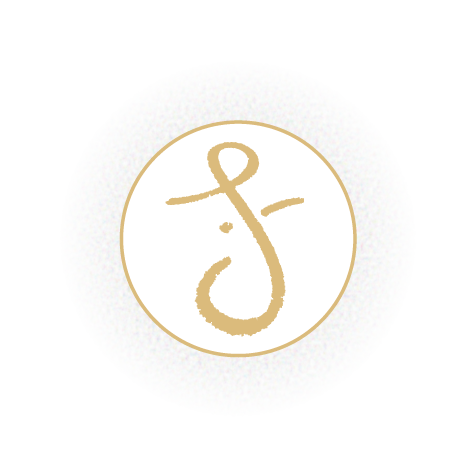The Yoga of Eating (Your Brain on Yoga series)
[Originally published on US News Health, 27 November, 2013]
Yoga is the science of uniting. We take one aspect of experience and combine it with another, dissolving the boundaries between them by using the capabilities of the body, mind, and spirit. We enter a yoga posture, add a particular technique of conscious breathing, and modify our attentional focus in a particular way to produce a larger synchronized pattern. This new pattern acts like an electrical current or an undulating wave that runs through what were previously viewed as individual components and are now behaving on a higher level as a coherent whole.
This unification can be applied on any and every level as part of a yoga practice. In the same way that we can consciously take in the air that allows for bodily metabolism to take place, we can similarly consciously ingest the food and drink that nurtures us. The Sanskrit word for yoga posture, āsana, literally means "seat of awareness." Where do we place awareness? We can sit our awareness on the food and drink we are consuming. Like the human body, food and drink are bodies of various substances, which then get broken down and absorbed by the human body.
Once awareness is placed on the food, we can add conscious breathing. As I discussed in a previous post, regularly practicing complete breathing with awareness leads to healthier regulation of the nervous and endocrine systems, as well as an increased fineness and subtlety of mind. Adding such breathing while we ingest food helps attune attention to the sensory details: the smell of the meal, the taste of the ingredients and combination of spices, the feeling of chewing more slowly (and therefore feeling an improved digestive process), the visual beauty of the combinations on our plate, and even the surrounding space in which we are enjoying a meal.
Once awareness is placed on food and the breath managed accordingly, our faculty of attention can become more sensitive, perceiving the bio-energy present in food. We can use miniature forms of contemplation to deepen awareness of what we sense and put into our bodies. How is this food made of essentially the same biological material as my body? By placing attention on smaller components of the food, such as the substances that will be metabolized by the human body into usable nutrients, we find an entry way into viewing the similarity between the food and ourselves. We can focus on seeing how the atoms in the food are like the atoms in the human body. And even more than seeing the similarity, it is crucial to feel it. What is subjective sensation of life, of bio-energy? With progressive practice, feeling literally in-corporates other into self – it makes object into part of the body, or corpus, of the self.
Such awareness practices rewire neural connections that foster a refreshed relationship between ourselves and objects of interaction. As we attune to the subtle bio-energy in the human body and the food it ingests, as well as breathe consciously and find the fundamental unity in things, we can also allow an expansion of emotional qualities, such as gratitude, joy and humility. By taking each of these components that can seemingly function in isolation from one another and deliberately conjoining them, we can expand our capacity to experience the latent unity in things. Intelligently and intuitively constructing wholes from parts of experience is part and parcel of the science of yoga.
